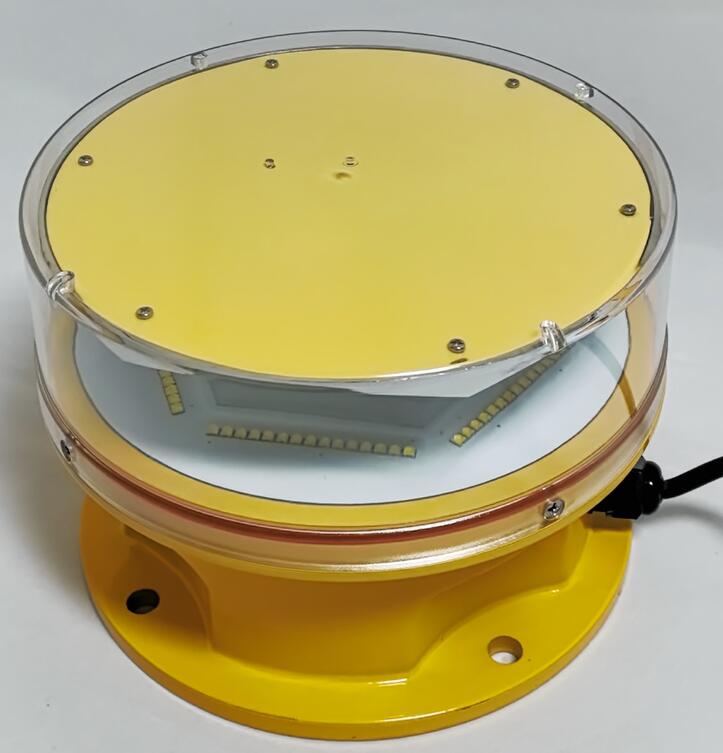Posted: 2024-09-07
In the realm of aviation, safety is paramount. Among the many elements that contribute to the secure operation of aircraft, obstacle lights play a crucial yet often overlooked role. These unassuming beacons are the silent sentinels that ensure the smooth and safe passage of airplanes through the skies.
Obstacle lights in aviation are designed to mark and highlight potential hazards that could endanger aircraft. From towering communication towers and wind turbines to large buildings near airports, these lights serve as a visible warning to pilots. They act as a crucial line of defense, helping to prevent collisions and ensuring the safety of passengers and crew.
The importance of obstacle lights becomes particularly evident when considering the speed and altitude at which aircraft operate. In a matter of seconds, a pilot needs to be able to identify and avoid obstacles. Obstacle lights provide that crucial visual cue, allowing pilots to make split-second decisions and adjust their flight paths accordingly.
One of the key features of aviation obstacle lights is their visibility. They are engineered to be highly visible from a distance, even in adverse weather conditions. This is achieved through the use of advanced lighting technologies such as bright LEDs or strobe lights. These lights are designed to cut through fog, rain, and darkness, ensuring that they are easily spotted by pilots.

Another important aspect of obstacle lights is their durability and reliability. In the harsh environment of aviation, where exposure to extreme temperatures, wind, and vibration is common, these lights need to be able to withstand the elements and continue to function flawlessly. They are constructed with high-quality materials and undergo rigorous testing to ensure their reliability.
The installation of obstacle lights is also subject to strict regulations and standards. Aviation authorities around the world have established guidelines for the placement, intensity, and color of these lights to ensure their effectiveness. For example, lights on tall structures near airports are typically required to be red in color and flash at a specific frequency to distinguish them from other lights in the area.
| obstacle lights aviation | FVB | 5RF |
In addition to their role in preventing collisions, obstacle lights also serve other important functions in aviation. They can be used to mark the boundaries of restricted airspace or to indicate the location of important navigation aids. They can also help pilots identify the approach path to an airport or runway, providing an additional layer of safety during landing and takeoff.
As technology continues to advance, so too do obstacle lights in aviation. Newer models are being developed that offer even greater visibility, reliability, and functionality. For example, some obstacle lights now feature remote monitoring and control capabilities, allowing operators to ensure that the lights are functioning properly at all times.
In conclusion, obstacle lights are an essential component of aviation safety. They serve as a visible reminder of the potential hazards that exist in the skies and help pilots navigate safely through the air. With their advanced technology, durability, and strict regulatory compliance, these lights are truly the guiding stars in aviation. As we look to the future, we can expect obstacle lights to continue to evolve and play an even more important role in ensuring the safety of air travel.